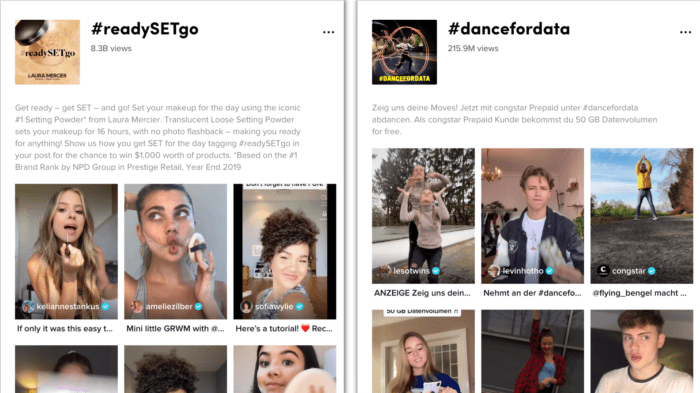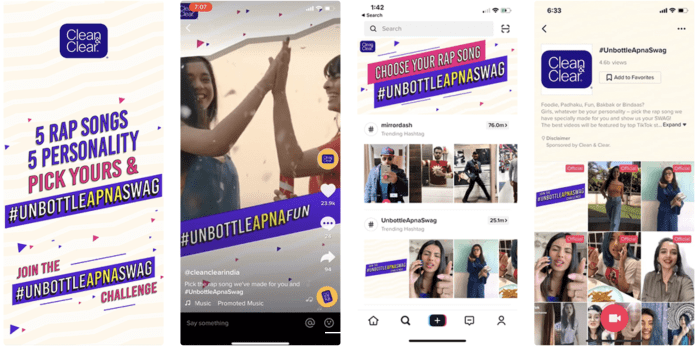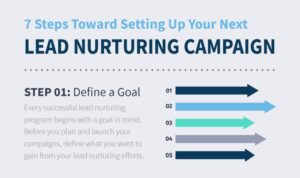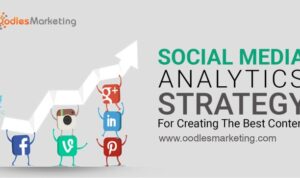Developing a Branded Hashtag sets the stage for creating a unique online presence that resonates with your audience. From brainstorming to implementation, this journey is all about making your mark in the digital world. Get ready to dive into the art of hashtag branding!
Introduction to Branded Hashtags: Developing A Branded Hashtag
Branded hashtags are unique hashtags created by brands to promote their products or services on social media platforms. These hashtags are specifically designed to represent the brand and its values, making it easier for users to identify and engage with the brand’s content.
Significance of Branded Hashtags
Using branded hashtags helps in increasing brand recognition as they create a unified identity across different social media channels. It also encourages user engagement by prompting followers to participate in conversations and share their own content using the branded hashtag.
- Branded hashtags make it easier for brands to track user-generated content and measure the success of their marketing campaigns.
- They can also help in creating a sense of community among followers who use the hashtag to connect with like-minded individuals.
- Branded hashtags can go viral, reaching a wider audience and increasing brand visibility.
Examples of Successful Branded Hashtags
#ShareACoke
The Coca-Cola company successfully used the hashtag #ShareACoke to encourage customers to share photos of personalized Coke bottles. This campaign resulted in a significant increase in user engagement and brand visibility.
#LikeAGirl
Always, a feminine hygiene brand, created the hashtag #LikeAGirl to challenge stereotypes and empower girls to embrace their strengths. This campaign went viral and sparked important conversations about gender equality.
#JustDoIt
Nike’s iconic slogan #JustDoIt has become a widely recognized hashtag that embodies the brand’s message of determination and perseverance. This hashtag has been used in various campaigns to inspire and motivate customers.
Creating a Branded Hashtag

Creating a unique branded hashtag requires careful thought and consideration to ensure it effectively represents your brand and resonates with your audience. Here’s how you can go about brainstorming and selecting the perfect hashtag:
Brainstorming and Selecting a Unique Branded Hashtag
When brainstorming for a branded hashtag, consider the following tips:
- Reflect your brand: Your hashtag should reflect your brand’s identity, values, and message.
- Keep it simple: Choose a hashtag that is easy to spell and remember to encourage more engagement.
- Be original: Make sure your hashtag is unique and not already in use to avoid confusion and competition.
- Consider your audience: Think about what would resonate with your target audience and encourage them to participate.
Creating a Memorable and Easy-to-Spell Branded Hashtag, Developing a Branded Hashtag
To create a memorable and easy-to-spell branded hashtag, consider the following tips:
- Avoid using numbers, special characters, or spaces that can make the hashtag difficult to read or remember.
- Make it short and sweet: Keep your hashtag concise to make it easier for people to use and remember.
- Use camel case: Capitalize the first letter of each word in your hashtag to improve readability, like #StayPositive.
- Test it out: Before finalizing your hashtag, test it with a small group to ensure it’s easy to spell and understand.
Ensuring the Hashtag is Not Already in Use
It’s crucial to ensure that the hashtag you choose is not already in use to avoid any confusion or dilution of your brand’s message. Here’s how you can check:
- Search on social media platforms: Look up your hashtag on various social media platforms to see if it’s already being used.
- Use hashtag tracking tools: Utilize online tools that can help you check the availability and popularity of your chosen hashtag.
- Be creative: If your desired hashtag is already in use, try adding your brand name or a relevant term to make it unique.
Implementing a Branded Hashtag Campaign
Implementing a branded hashtag campaign involves integrating the hashtag into social media campaigns, promoting it across different platforms, and tracking its performance and engagement.
Integrating the Branded Hashtag into Social Media Campaigns
To integrate a branded hashtag into social media campaigns, ensure that the hashtag is relevant to your brand and resonates with your target audience. Incorporate the hashtag into your posts, stories, and bio on platforms like Instagram, Twitter, Facebook, and TikTok. Encourage user-generated content using the hashtag to increase engagement and reach.
Promoting the Branded Hashtag Across Different Platforms
Promote the branded hashtag by cross-posting it on all your social media platforms. Collaborate with influencers or brand ambassadors to create content using the hashtag. Run contests, challenges, or giveaways that require users to use the hashtag to participate. Utilize paid advertising to boost the visibility of the hashtag.
Tracking the Performance and Engagement of a Branded Hashtag Campaign
Use social media analytics tools to track the performance of your branded hashtag campaign. Monitor the number of mentions, reach, engagement, and impressions generated by the hashtag. Analyze the sentiment and feedback associated with the hashtag to gauge its impact on your brand. Make adjustments to your campaign based on the insights gathered to optimize results.
Best Practices for Developing a Branded Hashtag

When creating a branded hashtag, it is essential to consider the target audience and ensure that the hashtag resonates with them. Here are some best practices to keep in mind:
Guidelines on Creating a Branded Hashtag
- Keep it simple and memorable: Choose a hashtag that is easy to spell, short, and easy to remember.
- Make it relevant: Ensure that the hashtag aligns with your brand’s message and values.
- Avoid using generic terms: Create a unique hashtag that sets your brand apart from others.
- Research the hashtag: Before finalizing a hashtag, make sure to check that it is not already in use or associated with any negative content.
Use of User-Generated Content with a Branded Hashtag
Utilizing user-generated content with a branded hashtag can significantly increase reach and engagement. By encouraging users to create and share content using your branded hashtag, you can leverage their networks to expand the reach of your campaign. This also helps in building a sense of community around your brand.
Importance of Monitoring and Engaging with Users
Monitoring the use of your branded hashtag is crucial to track the success of your campaign and understand how users are interacting with your brand. Engaging with users who use the hashtag by liking, commenting, or sharing their posts shows that you value their contribution and helps in building a strong relationship with your audience. Responding to user-generated content can also encourage more users to participate in your campaign.





